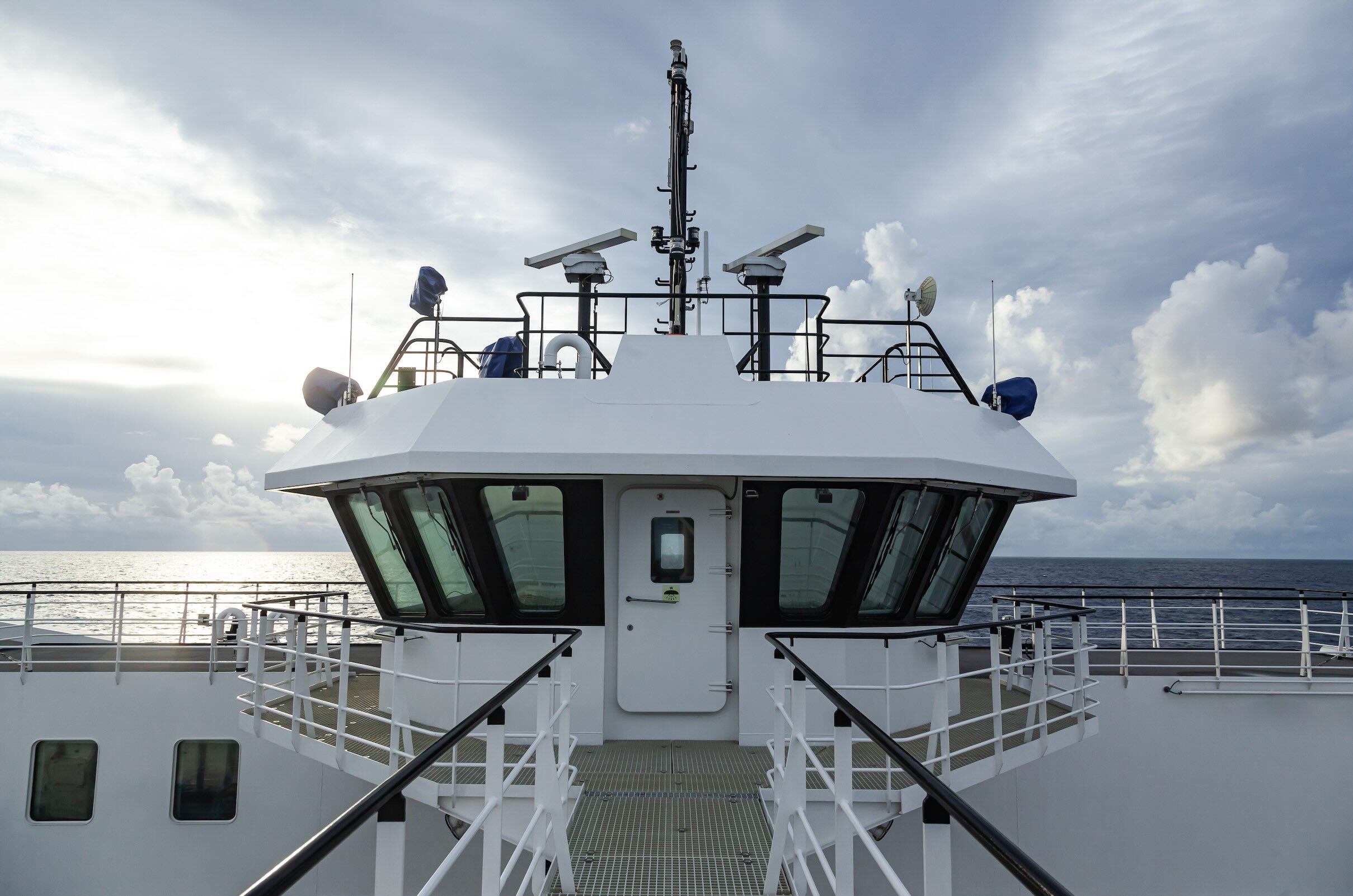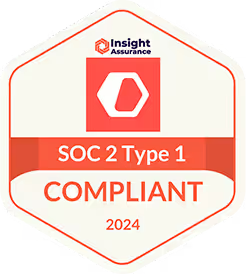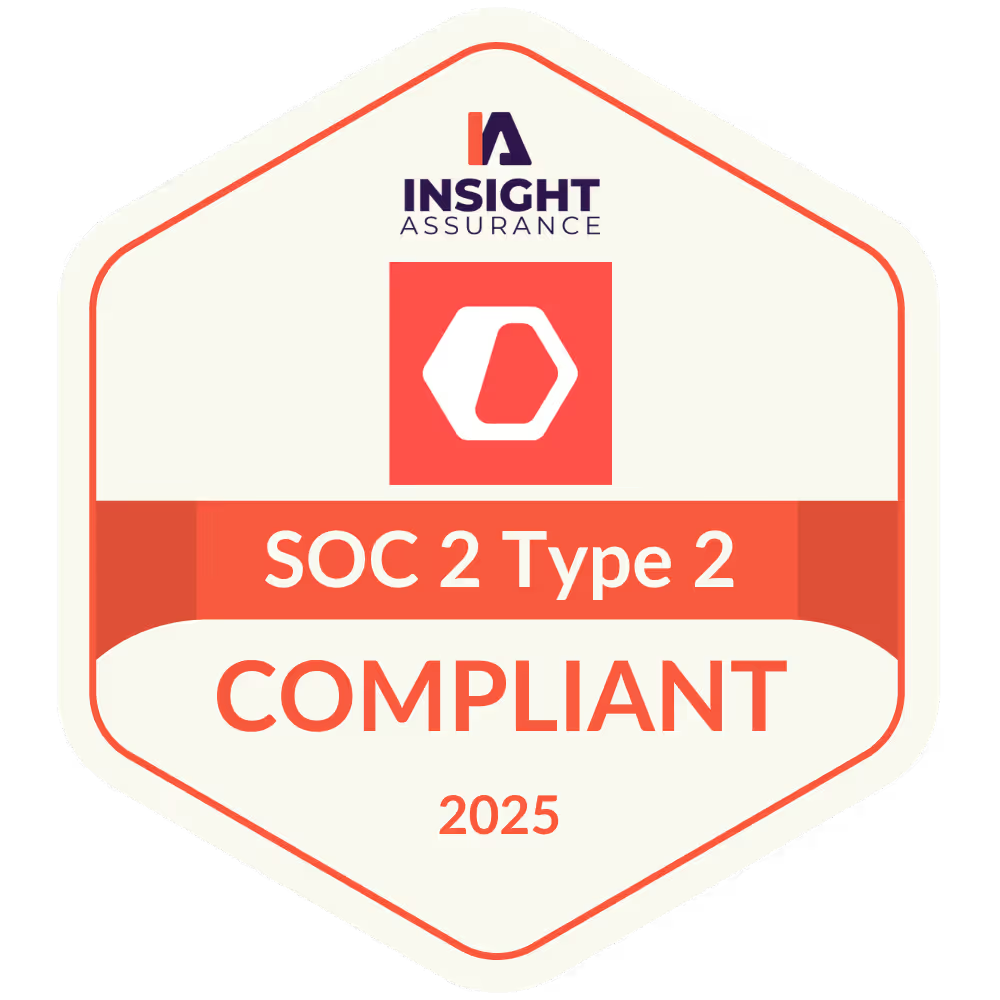Maritime Sanctions: Navigating the Complexities in 2024
Overview
In August 2024, OFAC sanctioned 10 new vessels and 4 shipping companies. This contributed to a year-over-year increase of 136 vessels and 65 companies on the sanctions list. The largest increases were observed in vessels flagged under Russia (26), Panama (15), Comoros (11), and Liberia (9), highlighting the importance of monitoring high-risk activities like AIS manipulation and STS transfers.
Main Updates
No new sanctions on shipping trades or cargoes were introduced by OFAC, OFSI, the EU, or the UN in August 2024, but notable activity occurred at Russia’s sanctioned Arctic LNG 2 terminal. The LNG carriers PIONEER (IMO No. 9256602) and EVEREST ENERGY (IMO No. 9243148) engaged in deceptive practices, including AIS manipulation and ship-to-ship transfers near the Suez Canal, which are often seen in sanctioned Russian oil operations.
Ship-to-ship meetings and location spoofing have drawn attention from authorities monitoring these high-risk behaviours. Early detection allows organisations to mitigate risks in global trade, and such technologies are becoming essential tools in tracking deceptive shipping practices, as seen with the Arctic LNG 2 cases. This focus on tracking deceptive shipping practices, such as those observed in the Arctic LNG 2 cases, highlights the broader implications for the gas market, especially as the EU's 14th package of sanctions is set to impact the entire sector. Additionally, future disruptions in Russian gas flows through Ukraine by 2025 could have major implications for European countries reliant on these energy sources (Pinto, 2024).
Analysis of Sanctioned Vessels and Companies


The first graph highlights a notable upward trend in both the number of vessels and companies associated with sanctions, with vessels increasing significantly from around 100 in early 2012 to nearly 900 by mid-2024, while companies have seen a more gradual rise, reaching close to 300 over the same period. This reflects the tightening of maritime regulations and expanded enforcement. The second graph further illustrates the growing complexity of sanctions, showing a rise in the number of flagged vessels from various countries. Iran remains the dominant player with the most flagged vessels, but substantial growth has occurred in countries like Russia, Panama, and Guyana, indicating a widening global impact of sanctions enforcement efforts. The visible surge across multiple jurisdictions suggests an increasingly diverse and widespread application of these sanctions.
The recent updates include notable additions to the list of sanctioned vessels and companies:
Sanctioned Vessels
- PARVATI (8519966): LPG Tanker, Panama-flagged, 38 years old (OFAC)
- RAHA GAS (8818219): LPG Tanker, Palau-flagged, 35 years old (OFAC)
- LADY LIBERTY (9005065): LPG Tanker, Sao Tome-flagged, 32 years old (OFAC)
- FENGSHUN (9007386): LPG Tanker, Unknown-flagged, 34 years old (OFAC)
- VICTORIA (9113379): LPG Tanker, Sao Tome-flagged, 29 years old (OFAC)
- LPG OM (9160475): LPG Tanker, Palau-flagged, 27 years old (OFAC)
- DIVINE POWER (9171357): Chemical/Oil Products Tanker, Palau-flagged, 25 years old (OFAC)
- ASYA ENERGY (9216298): LNG Tanker, Palau-flagged, 23 years old (OFAC)
- EVEREST ENERGY (9243148): LNG Tanker, Palau-flagged, 22 years old (OFAC)
- PIONEER (9256602): LNG Tanker, Palau-flagged, 20 years old (OFAC)
Sanctioned Companies
- KAI HENG LONG GLOBAL ENERGY (6165181): Hong Kong-based company, Commercial Manager for PARVATI, LADY LIBERTY, FENGSHUN, and VICTORIA (OFAC)
- VECTOR LLC (6255088): Russia-based company, not active fleet (OFAC)
- WHITE FOX SHIP MANAGEMENT (6466223): UAE-based company, ISM Manager for four previously sanctioned vessels (NORTH AIR - 9953509, NORTH MOUNTAIN - 9953511, NORTH SKY - 9953523, and NORTH WAY - 9953535) (OFAC)
- KDS SHIPPING LIMITED (6420851): Marshall Islands-based company, not active fleet (OFAC)
Understanding the pre-sanction behaviours of vessels such as PARVATI, DIVINE POWER, and ASYA ENERGY provides critical insights into the complexities of maritime risk management and due diligence.
Risk & Compliance findings before the applied sanctions
The vessels PARVATI, DIVINE POWER, and ASYA ENERGY can be good examples as they had shown activities that raised compliance concerns before the sanctions were applied. These cases highlight the complexities in assessing risks in maritime operations, particularly with connections to sanctioned cargo, possible manipulation of the Automatic Identification System (AIS), and high-risk ship-to-ship (STS) transfers.

PARVATI was linked to Iranian cargo (LPG) as far as back to 2023, with multiple high-risk STS transfers with vessels that currently are included in the published sanction lists because of the connections to the Iranian cargo.


DIVINE POWER presented a similar to PARVATI image, with connections to Iranian cargo from 2022, specifically HSFO and HSSRFO, along with a shipment of Russian LSSRFO during 2023. Additionally, we can see that the vessel was not connected to any known Protection and Indemnity (P&I) Club, along with a detention back in February 2023 in Zhoushan, China (Tokyo MOU) with 18 deficiencies, 5 of them were detainable. The high-risk STS transfers with vessels carrying sanctioned (Iranian) cargo and the port calls in Iran back in 2022 complete the risky compliance picture.





At the end, to the recently famous ASYA ENERGY, which has been connected to the sanctioned Arctic LNG 2 terminal in Russia, we can see that it is possible to spot many risk patterns even before the applied sanction from the OFAC. Indeed, the vessel was connected in the middle of August with Russian LNG from the sanctioned terminal, as it is catched from the Kpler monitoring systems. At the same time, she had no P&I coverage from an IGPI member, while the ISM Manager presented as unknown since 27-June-2024. The LNG Tanker in order to call the sanctioned terminal in Russia manipulated her AIS signal in Barents Sea from 09-August-2024.





These findings show that pre-existing patterns of behaviour like AIS manipulation and STS transfers are often early signs of future sanction breaches.
Found this article helpful? Stay informed on maritime sanctions by subscribing to Kpler's new Risk & Compliance newsletter. Get timely insights on sanctions, risk management, and operational updates delivered straight to your inbox. Subscribe here.

See why the most successful traders and shipping experts use Kpler












